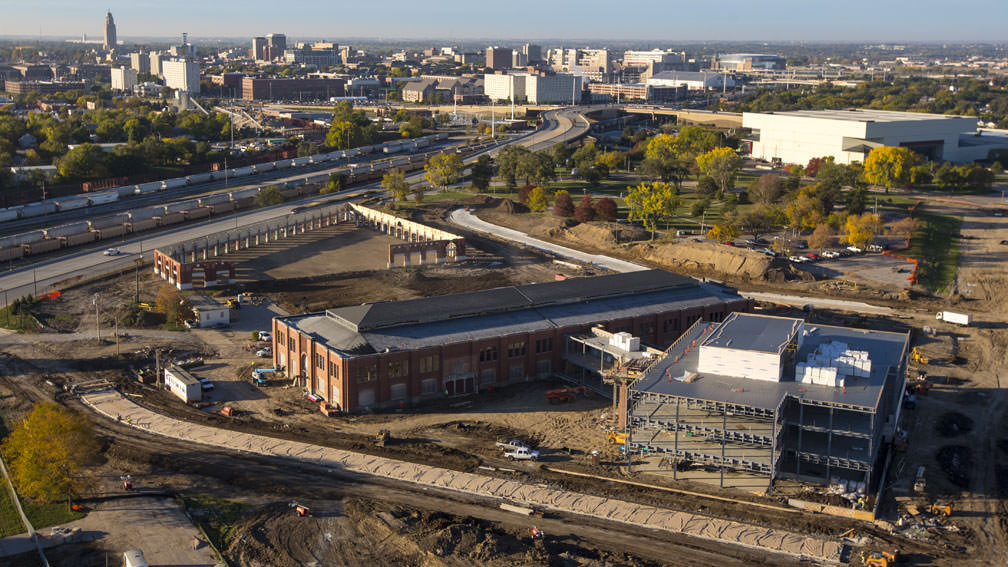Duncan to provide update on NIC

A pair of open information sessions about Nebraska Innovation Campus will take place this week. The first is 1 p.m. Nov. 14 in the Nebraska Union Auditorium; the second is at 1 p.m. Nov. 15 in the East Union Arbor Suite. Both sessions, which are free and open to faculty, staff, students and the public, will be led by Dan Duncan, executive director of the NIC.
Among the topics Duncan will highlight are the expansion of NIC's leadership team and plans for the new Central Renewable Energy System, which will use reclaimed water from the city to heat and cool NIC facilities.
In October, Duncan announced that Kate Engel accepted the position of community engagement and operations manager, and Terence Bowden accepted the position of business accelerator director. Engel will be responsible for developing and implementing programs aimed at creating a culture that allows university faculty, staff, students, industry and community members to collaborate and form partnerships in conjunction with NIC, the university and the community.
Bowden comes to NIC via Ireland and Dublin City University's Ryan Academy for Entrepreneurs, where he ran the Propeller Venture Accelerator, the seventh-ranked accelerator in Europe. He is responsible for surveying the startup community within UNL and the Lincoln area. He will use the data collected to develop a business plan that will support the efforts of faculty, staff, students and the local community in starting and growing businesses.
On Sept. 27, the city and university announced a joint project to use reclaimed, non-drinkable water from the city's Theresa Street Wastewater treatment plant to heat and cool facilities at NIC. UNL's investment of $12 million in the Central Renewable Energy System, or CRES, has been approved by the University of Nebraska Board of Regents and the Lincoln City Council.
The reclaimed water from the plant will be diverted to a heat exchange facility on the campus. The reclaimed water will then return to Salt Creek. A closed-loop, similar to a geothermal heat pump system, will be installed to serve the individual buildings. Depending on the season, heat content will either be absorbed or rejected to provide heating and cooling energy to NIC. The system can provide capacity for up to an estimated 1.8 million square feet of space.
A question and answer session will follow each NIC update presentation.
